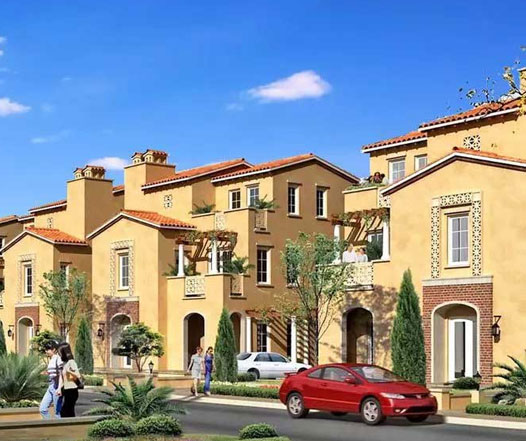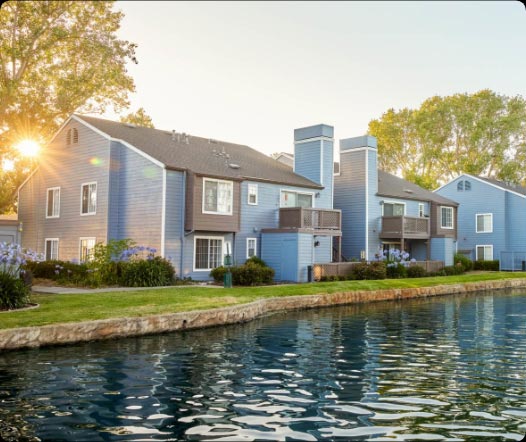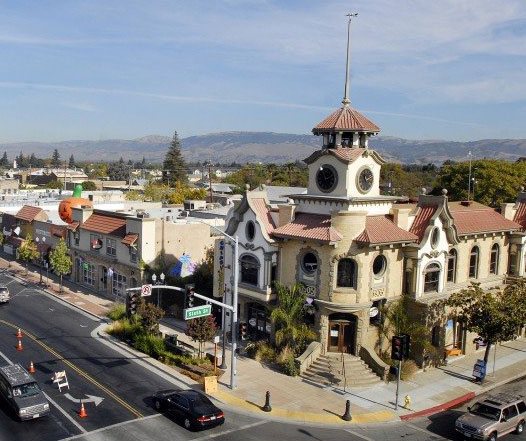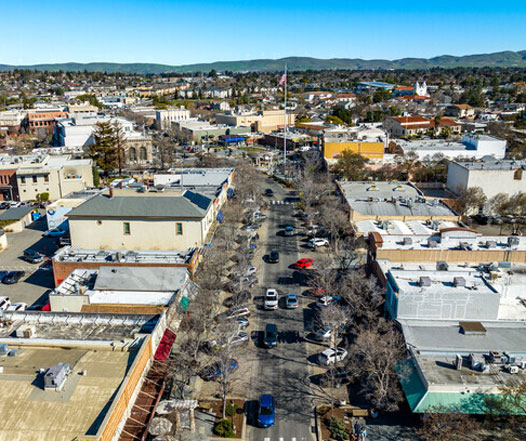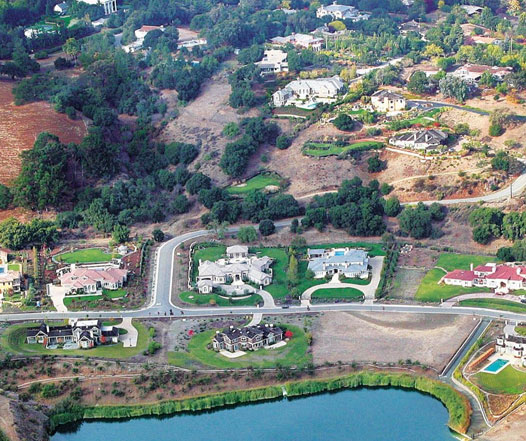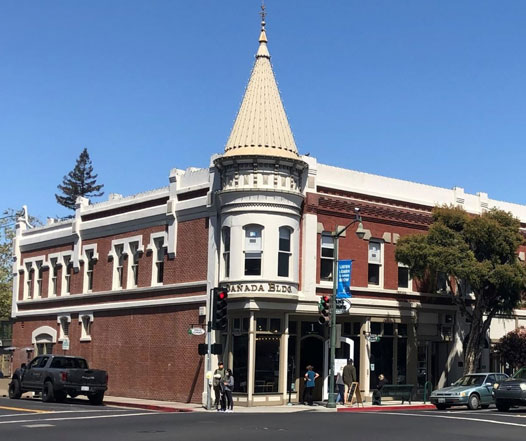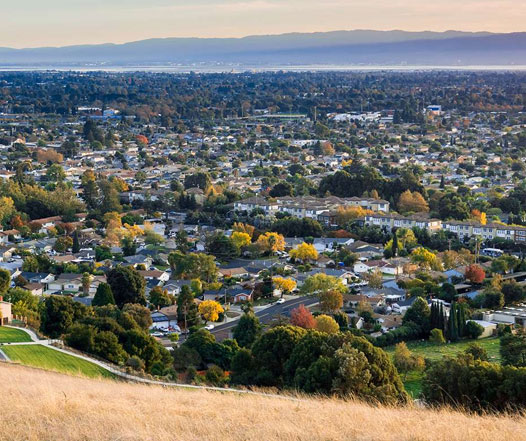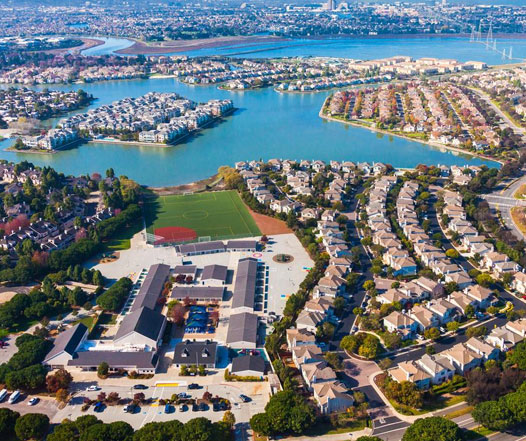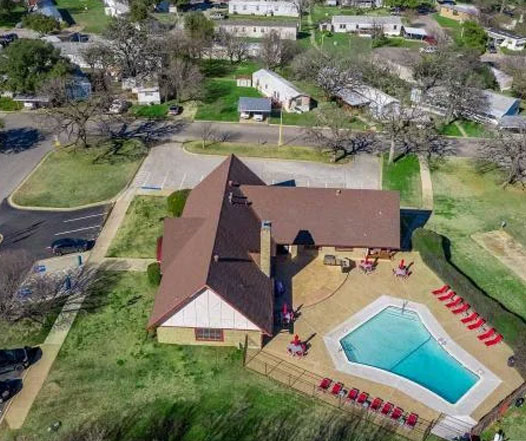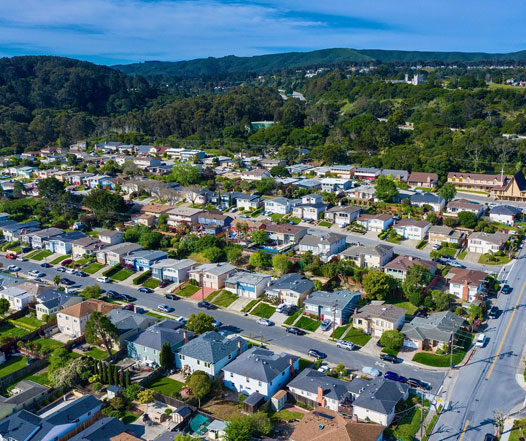
Introduction
In Millbrae, ADU (Accessory Dwelling Unit) regulations are designed to streamline the development process while ensuring that new constructions complement the existing neighborhood aesthetic. The city’s rules promote efficient use of space and resources, aiming to provide affordable housing options without compromising the community’s charm. ADU Specialist Bay Area is dedicated to guiding you through Millbrae’s regulatory landscape, ensuring your ADU project complies with all local requirements while meeting your personal needs.
Essential ADU Rules for Millbrae
What you can build
Maximum size
ADUs in Millbrae can be up to 1,200 square feet.
Side / rear setbacks
Minimum setbacks are 4 feet from the side and rear property lines.
Two stories
Two-story ADUs are permitted with specific design considerations.
Building separation
A minimum of 10 feet is required between the ADU and the primary dwelling.
Permitting timeline
Standard
The standard permitting process takes approximately 60 days.
Coastal
Coastal permitting can extend the timeline to about 90 days.
Zoning Regulations in Millbrae
Millbrae’s zoning laws allow ADUs in residential zones, including R-1 and R-2, promoting diverse housing solutions.
ADU Size Limitations
| Lot Size | Single-Family (Maximum Floor Area Allowed) | Duplex and Multi-Family (Maximum Floor Area Allowed) |
| Under 7000 | 700 sq ft | Not permitted |
| 7000 - 9999 | 800 sq ft | 1 ADU + 400 sq ft per existing unit (up to 1000 sq ft max) |
| 10000 - 12999 | 900 sq ft | 1 ADU + 450 sq ft per existing unit (up to 1000 sq ft max) |
| 13000 - 19999 | 1000 sq ft | 1 ADU + 500 sq ft per existing unit (up to 1000 sq ft max) |
| 20000+ | 1000 sq ft | 1 ADU + 550 sq ft per existing unit (up to 1000 sq ft max) |
ADU Height Limitations
The maximum height for ADUs in Millbrae is 16 feet, ensuring they fit well within residential areas.
Building Coverage
The ADU must not exceed 40% of the lot area.
Location
| Property Type | Location Requirement |
| Single-Family Homes | Attached ADUs: Must be at the rear or side of the main house. |
| Detached ADUs: Can be anywhere within the rear yard. | |
| Junior ADUs (JADUs): Must be within the primary dwelling. | |
| Duplex and Multifamily | Attached ADUs: Must be at the rear or side of the main structure. |
| Detached ADUs: Can be located within the rear yard. |
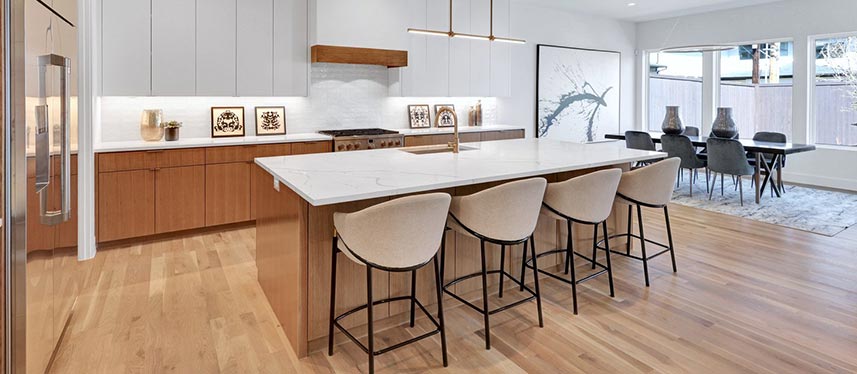
Exterior details
ADUs in Millbrae must match the architectural style and exterior materials of the primary residence to maintain aesthetic harmony.
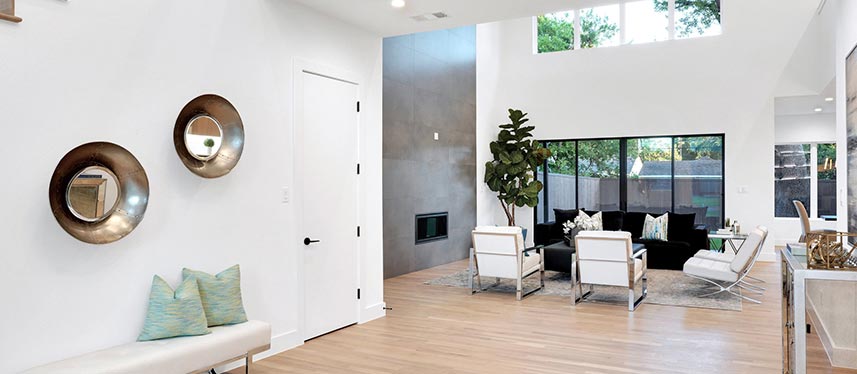
Parking
One parking space per ADU is required unless exemptions apply, such as proximity to public transit.
Setbacks and buffer zones
Minimum setbacks of 4 feet from side and rear property lines ensure privacy and space between structures.
Minimum Lot Area
| Lot Size | Minimum Lot Area for ADU | Description |
| Under 7000 | ADUs not permitted | Smaller lots cannot accommodate additional units. |
| 7000 - 9999 | 7000 sq ft | Moderate-sized lots can support an ADU. |
| 10000 - 12999 | 10000 sq ft | Larger lots allow for more substantial ADUs. |
| 13000 - 19999 | 13000 sq ft | Suitable for spacious ADUs with ample yard space. |
| 20000+ | No minimum lot area requirement | Very large lots have flexible ADU placement options. |
Connection for utilities
Utility connections must comply with city standards, ensuring safety and functionality for both the ADU and the primary residence.
Fire safety
ADUs must adhere to fire safety codes, including smoke alarms, fire extinguishers, and accessible egress points.
Room specifications
- Sleeping Areas: Must include windows for egress and natural light.
- Kitchen: Requires a sink, cooking appliance, and storage cabinets.
- Bathroom: Needs a toilet, sink, and shower or bathtub.
- Storage: Adequate storage solutions should be integrated into the design.
Short-term Rentals and Home Occupations Regulations
Short-term rentals of ADUs are subject to city regulations, and home occupations must comply with local business codes.
Building Codes
All ADUs must meet Millbrae’s building codes, which include structural, electrical, and plumbing standards to ensure safety and durability.
Millbrae ADU Permit Guidelines
| Permit Type | Description | Estimated Fee |
| Building Permit | Required for ADU construction. | $2500 - $5000 |
| Electrical Permit | Required for electrical work. | $400 - $700 |
| Plumbing Permit | Required for plumbing installations. | $400 - $700 |
| Mechanical Permit | Required for HVAC systems. | $400 - $700 |
| Grading Permit | Required for land grading. | $300 - $500 |
| Site Development Permit | Necessary for site-specific plans. | $300 - $500 |
| Zoning Permit | Required for zoning compliance. | $200 - $400 |
Property requirements
Properties must meet specific criteria regarding size, zoning, and existing structures to qualify for an ADU in Millbrae.
Parking
One parking space per ADU is required, with some exceptions for properties near transit.
Front setbacks
Front setbacks must align with existing neighborhood patterns, typically around 20 feet.
Side and rear setbacks
Minimum side and rear setbacks are 4 feet, ensuring sufficient space between structures.
Open space and rear yards
ADUs should maintain adequate open space, typically occupying no more than 40% of the rear yard.
Properties that qualify
To determine your property’s eligibility for ADU development, contact the Millbrae Planning Department.
- Verify that your property is within Millbrae’s jurisdiction.
- Check the specific residential zones that permit ADUs. Common zones in Millbrae include R-1, R-2, and R-M.
- Other General Plan designations that permit ADUs:
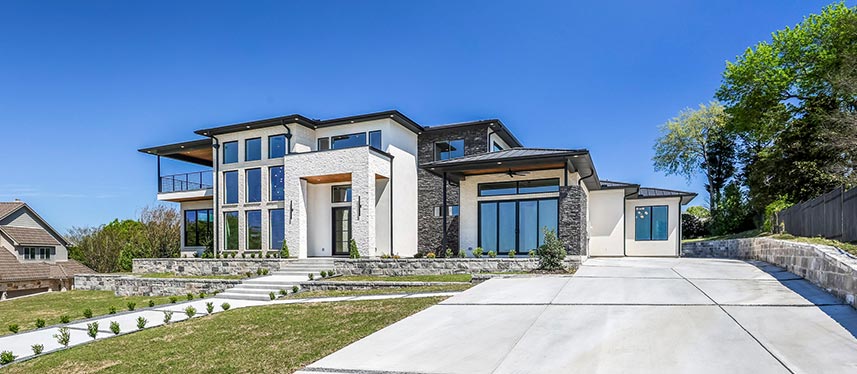
- Residential Mixed-Use (RMU): Allows for flexible living and commercial spaces, promoting urban density.
- Transit-Oriented Development (TOD): Encourages ADU development near transit hubs for convenience and sustainability.
- Specific Plan areas: Designated for detailed development plans, ensuring cohesive growth.
Development standards
Single-family
- Attached: Must be integrated into the primary dwelling, ensuring seamless design.
- Detached: Can be freestanding structures in the rear yard, providing independent living spaces.
Duplex properties
- Attached: Should be part of the existing duplex structure, maintaining uniformity.
- Detached: Located within the rear yard, offering separate living quarters.
Multifamily properties
- Attached: Integrated within the main building, suitable for additional living units.
- Detached: Positioned in the rear yard, enhancing housing options without overcrowding.
Junior ADUs (JADUs)
Junior ADUs are small units within the primary residence, typically converting existing space such as a garage or basement.
Property designations
- Flood Zones: ADUs must meet specific elevation and construction standards to mitigate flood risk.
- Geohazard Zones: Requires geotechnical assessments to ensure stability and safety.
- Historic Designation: ADUs in historic areas must comply with preservation guidelines to maintain architectural integrity.
- Easements: ADUs cannot encroach on utility or access easements, ensuring service continuity.
Summary
Millbrae’s ADU regulations facilitate the development of accessory dwelling units, providing additional housing options while preserving community character. ADU Specialist Bay Area can help navigate these regulations, ensuring your project meets all local requirements. By adhering to Millbrae’s specific guidelines, homeowners can create functional and compliant ADUs that enhance their properties and contribute to the city’s housing needs.
FAQ
ADUs are permitted in residential zones, including R-1, R-2, and R-M.
ADU sizes depend on lot size, with a maximum of 1,200 square feet allowed.
Yes, the maximum height for ADUs is 16 feet.
Minimum setbacks are 4 feet from the side and rear property lines.
Yes, two-story ADUs are allowed with specific design considerations.
The standard permitting process takes approximately 60 days, with coastal permits extending to about 90 days.
Yes, ADUs must match the architectural style and exterior materials of the primary residence.
One parking space per ADU is required, with some exceptions near transit areas.
Utility connections must comply with city standards, ensuring safety and functionality.
ADUs must adhere to fire safety codes, including smoke alarms, fire extinguishers, and accessible egress points.
Short-term rentals are subject to city regulations and must comply with local business codes.
ADUs must meet Millbrae’s building codes, including structural, electrical, and plumbing standards.
Lot size requirements vary, with ADUs not permitted on lots under 7,000 square feet.
Contact the Millbrae Planning Department to verify eligibility and check specific zoning requirements.
Both attached and detached ADUs are permitted, with specific location and design requirements.
Yes, ADUs must meet elevation and construction standards to mitigate flood risk in designated areas.
Utility connections must ensure proper integration with existing systems, following city standards.
ADUs in historic areas must comply with preservation guidelines to maintain architectural integrity.
Yes, Junior ADUs are allowed, typically converting existing space within the primary residence.
Front setbacks must align with neighborhood patterns, usually around 20 feet.
Yes, both attached and detached ADUs are allowed with specific requirements for duplex properties.
ADUs should not occupy more than 40% of the rear yard, maintaining adequate open space.
The estimated fee ranges from $2,500 to $5,000, depending on the project scope.
Yes, ADUs can be used for home occupations, subject to local business codes and regulations.
ADU Specialist Bay Area can guide you through the regulatory process, ensuring compliance and successful project completion.






